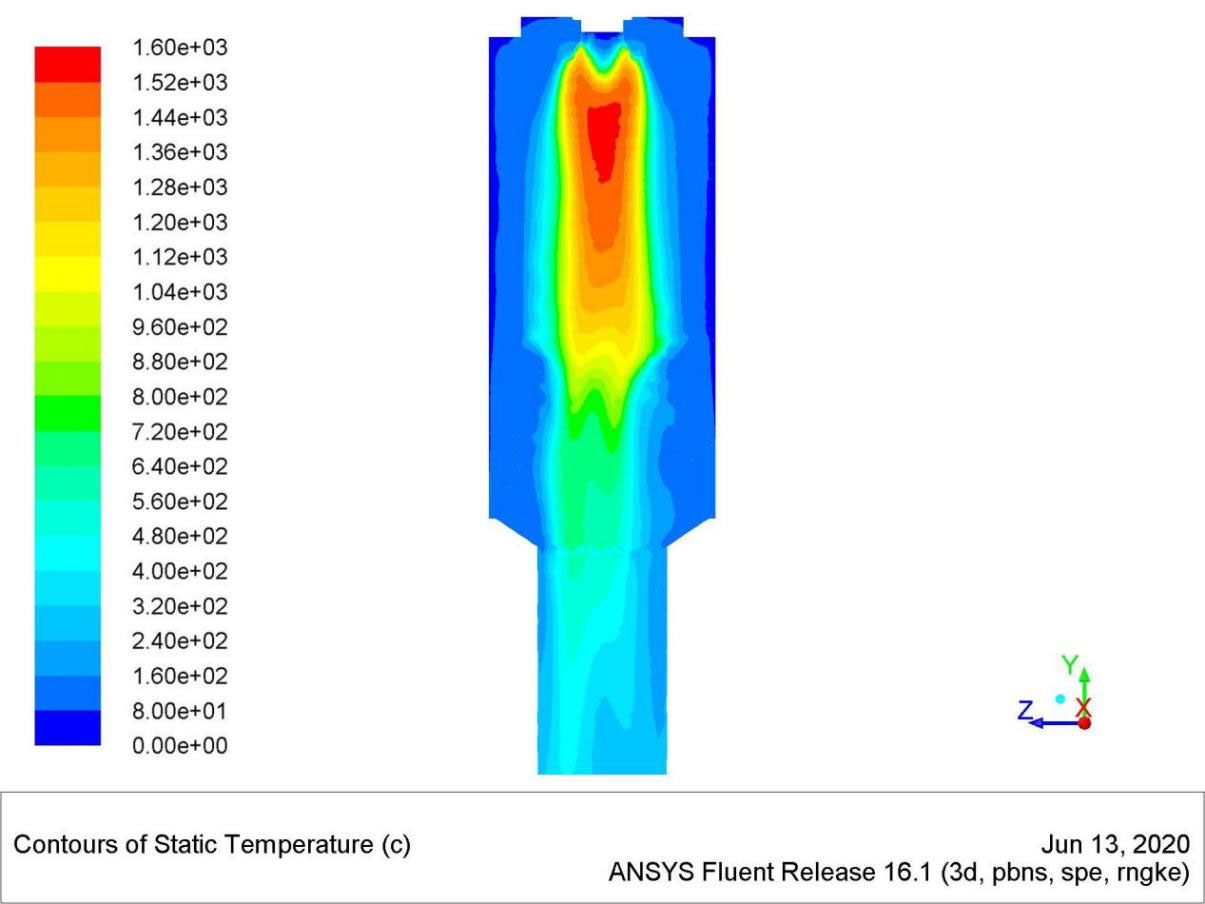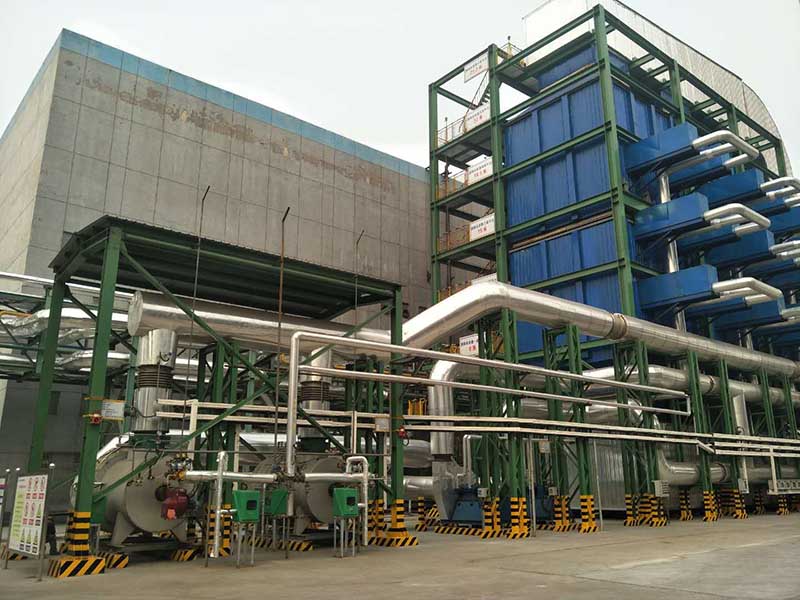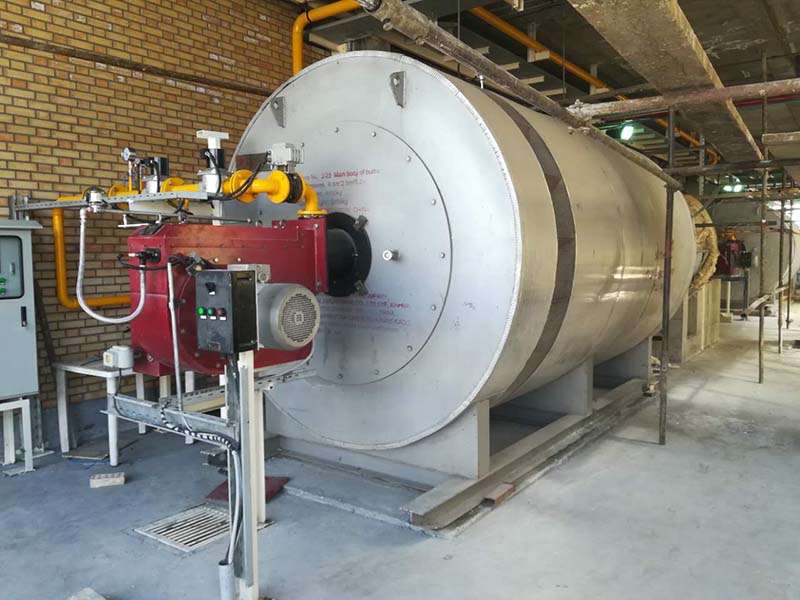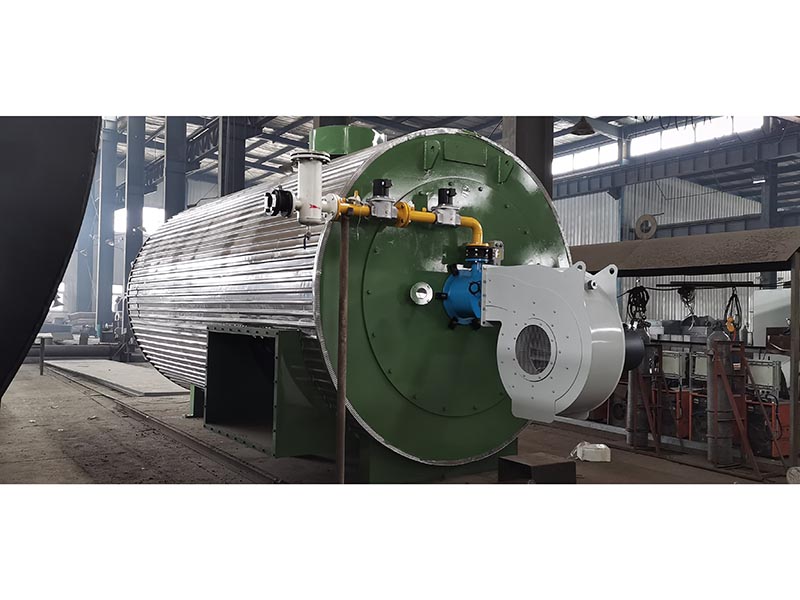Description
The flue gas removal of NOX usually needs to raise the temperature to about 280 ℃, and then react with the catalyst. The role of the hot air furnace is to send the high-temperature flue gas after fuel combustion to the main flue gas pipe to raise the temperature of the flue gas.
Our hot blast stove has the following advantages:
1. 99%。Non standard customization is more energy-saving. Different refractories are selected according to the design power and furnace structure under different working conditions. The furnace body has a long life, and the fuel burnout rate exceeds 99%.
2. Wide range of fuels. Blast furnace gas, coke oven gas, mixed gas, industrial waste gas, natural gas, etc. can be selected as hot blast stove fuel.
3. Safe operation. The alarm and gas cut-off protection under various conditions are designed to avoid safety accidents.
4. Automatic operation. PLC control, and can communicate with DCS. One key start and automatic adjustment.
The following are the design parameters of a sintering flue gas denitration heating hot blast furnace in an iron and steel plant.
Specifications
| Indicators | Data |
| Process gas | Sintering flue gas |
| Flue gas volume | 310000Nm³/h |
| Initial temperature | 230℃ |
| Temperature after heating | 280℃ |
| Flue gas temperature provided by hot air furnace | 850℃ |
| Hot blast furnace power | 800×104Kcal/h |
| Gas type | Blast furnace gas (lower calorific value: 760Kcal/Nm3) |
| Gas consumption | 10600Nm³/h |
| Power consumption | 35kw |
| Control mode | PLC fully automatic control |


 EN
EN  CN
CN AR
AR BG
BG HR
HR CS
CS DA
DA FR
FR DE
DE EL
EL HI
HI IT
IT JA
JA KO
KO PT
PT RO
RO RU
RU ID
ID UK
UK VI
VI TH
TH TR
TR FA
FA MS
MS BE
BE HY
HY AZ
AZ KA
KA BN
BN LA
LA KK
KK UZ
UZ AM
AM KY
KY



